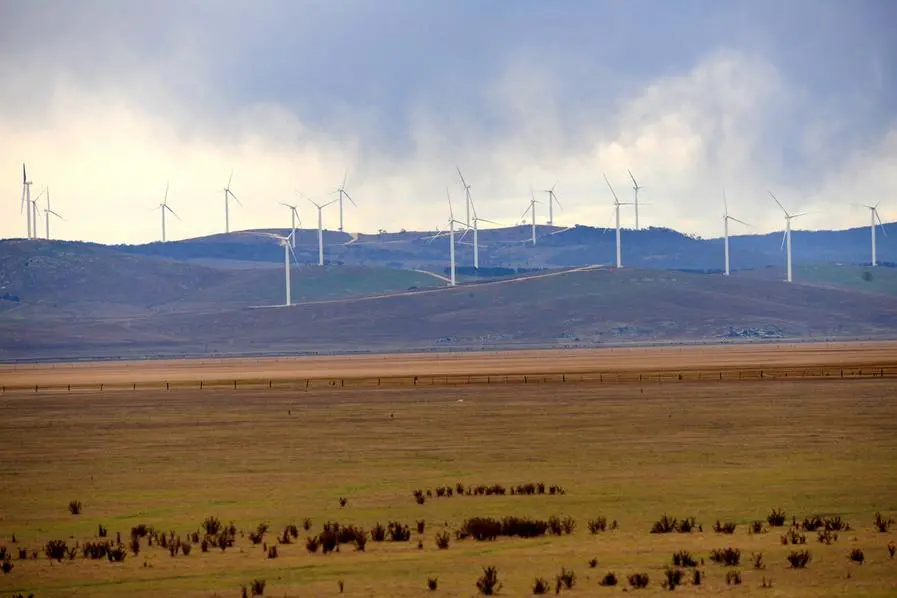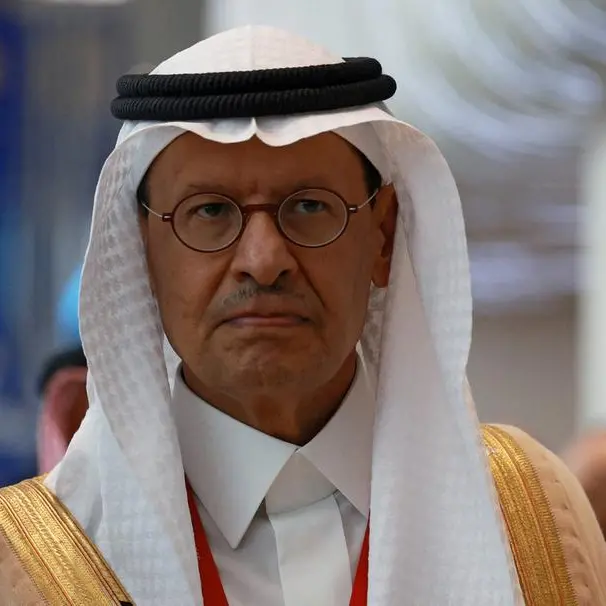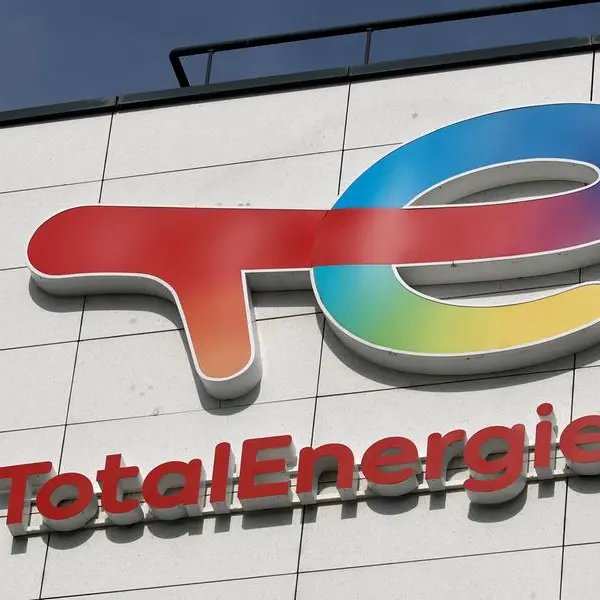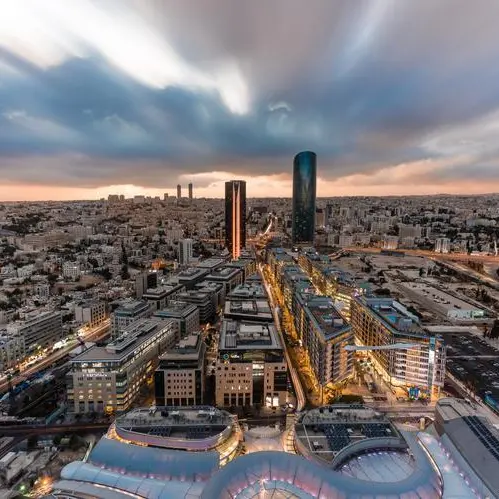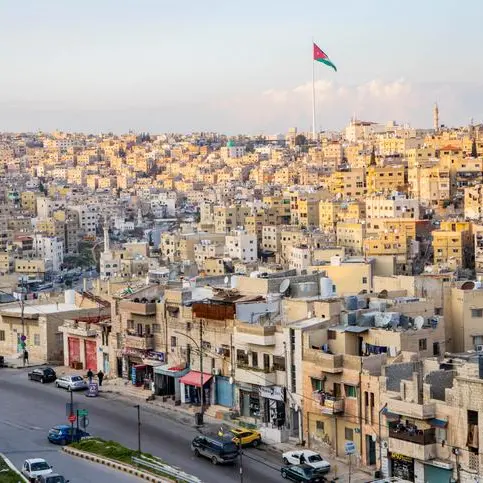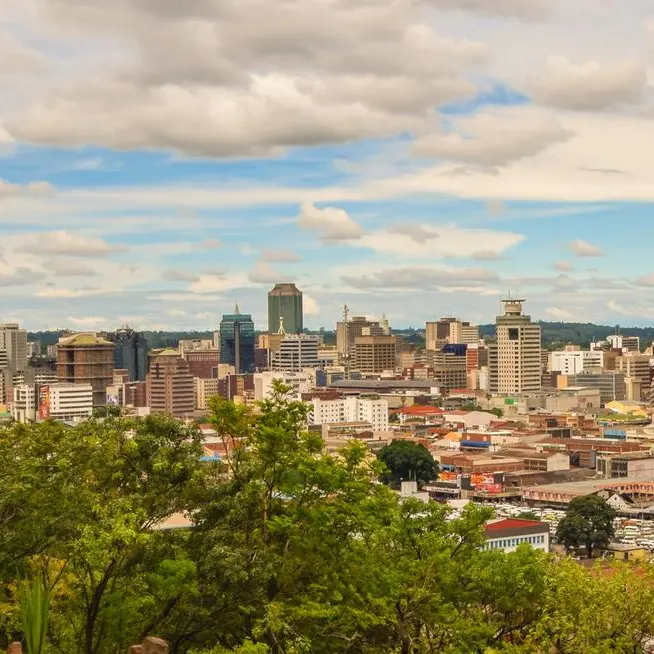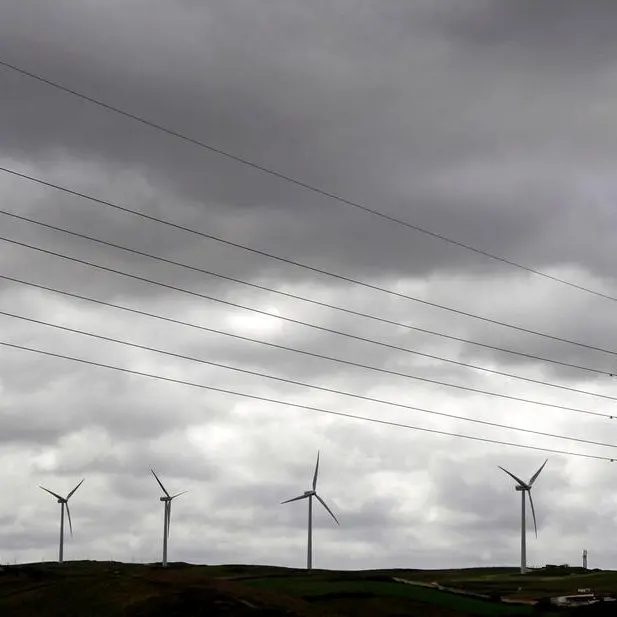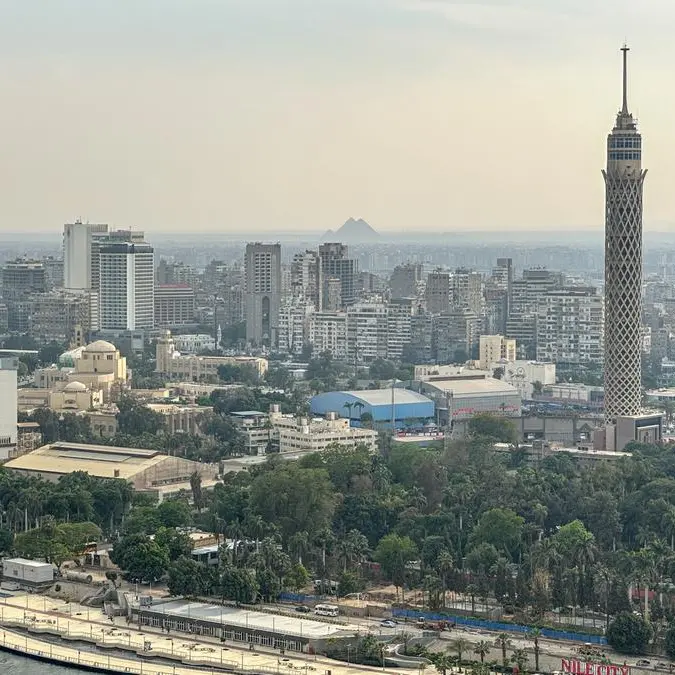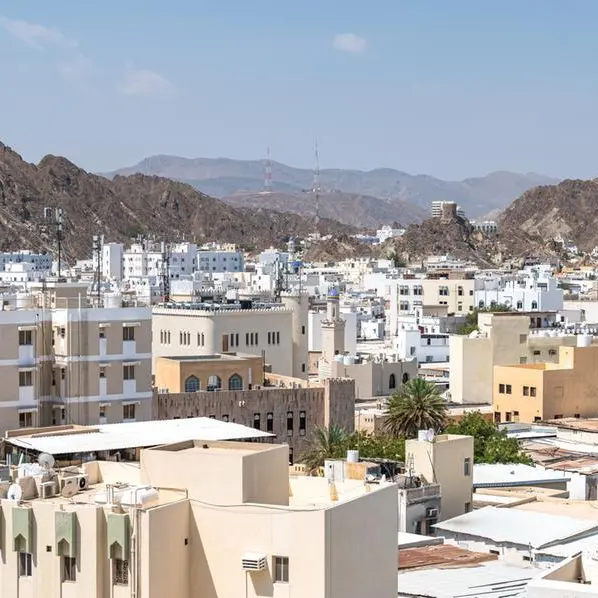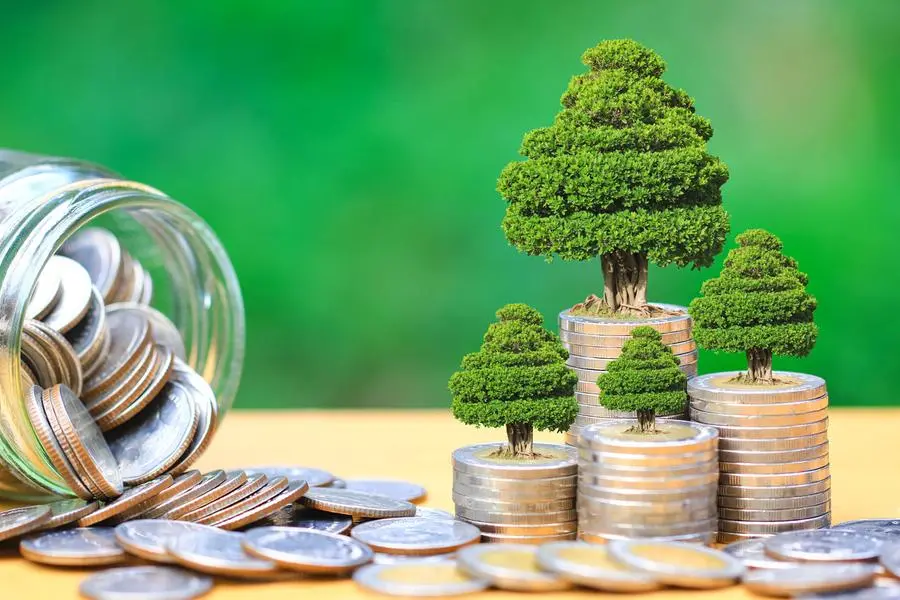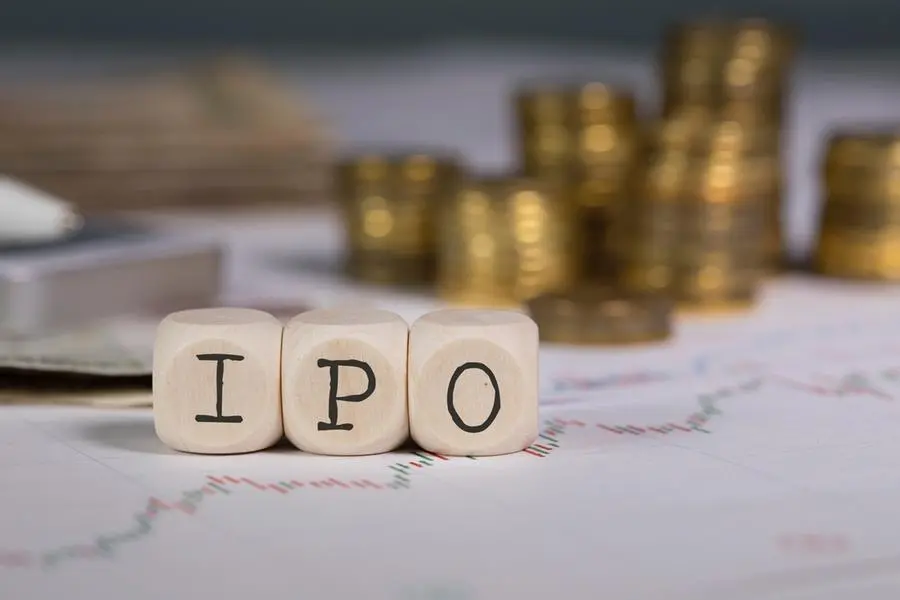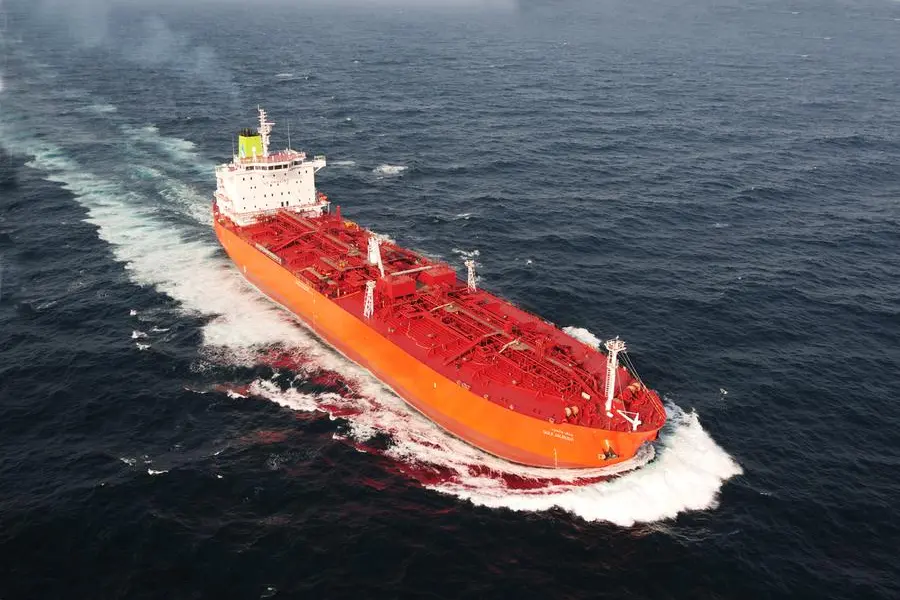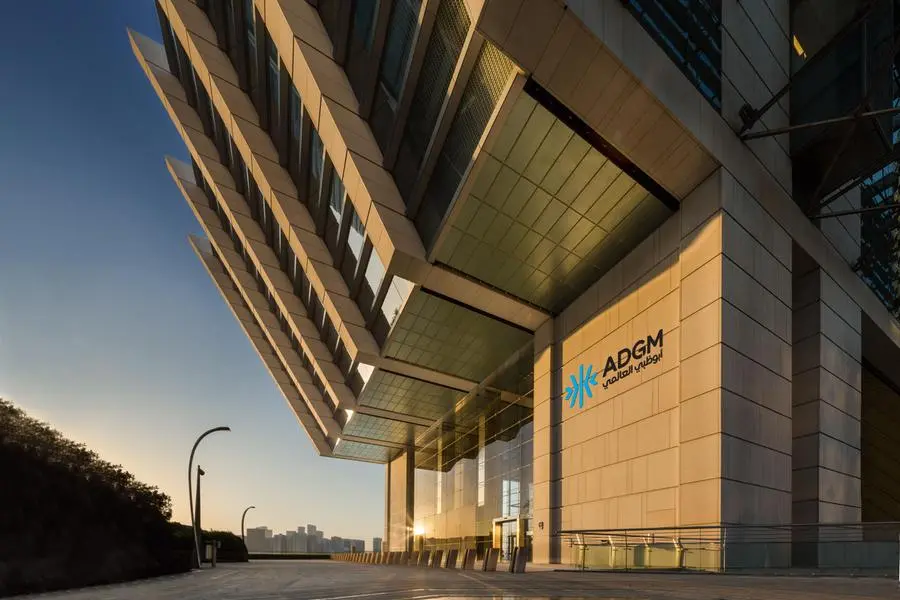PHOTO
Photo used for illustrative purpose only. This photo taken on June 24, 2009 shows wind turbines dominating the hills around Lake George in the Australian state of New South Wales as Australia moves towards renewable energy sources. AFP PHOTO / Torsten BLACKWOOD (Photo by TORSTEN BLACKWOOD / AFP)
Australia is surging ahead with its energy transition to renewables, the energy sector regulator said Thursday, but warned of power shortages in the coming decade without further investment.
The Australian Energy Market Operator said solar, wind and hydro now provided about 40 percent of electricity on the country's east coast -- where 81 percent of the population lives.
Energy regulator chief executive officer Daniel Westerman said this proportion would further increase in the coming years, as more renewable projects came online.
This includes 5.7 gigawatts of grid-scale generation and storage and 365 kilometres (225 miles) of new transmission developments.
"The pipeline of new projects continues to expand, filling the gaps being left by the retirement of Australia's ageing coal-fired power stations," he said.
There are 16 coal-fired power stations in Australia, the majority of which will close by 2035.
Australia remains one of the world's leading exporters of coal and gas, although its population is among the world's most enthusiastic adopters of household solar panels.
But the Westerman warned Thursday that continued investment was needed in the renewable sector or there would be blackouts in the next decade as demand soared.
"If delays occur to projects already underway or further investment does not materialise, then the outlook for reliability will deteriorate," he said.
Electricity expert Jay Gordon from the Institute for Energy Economics and Financial Analysis said Australia's energy transition was "working" but the government and industry needed to keep their "foot on the pedal".
"Renewables backed up by storage is the least cost form of new generation, and this is expected to support lower energy prices for consumers," he said.
